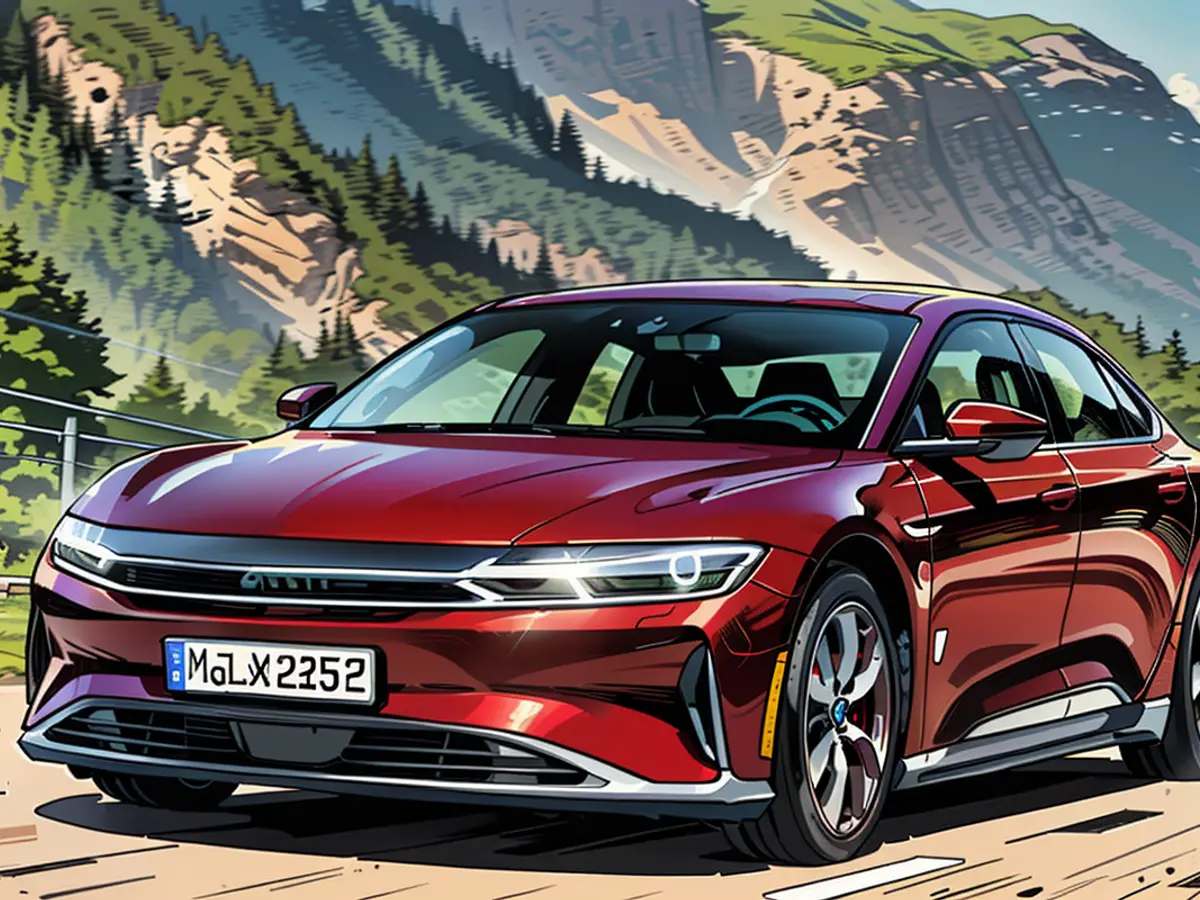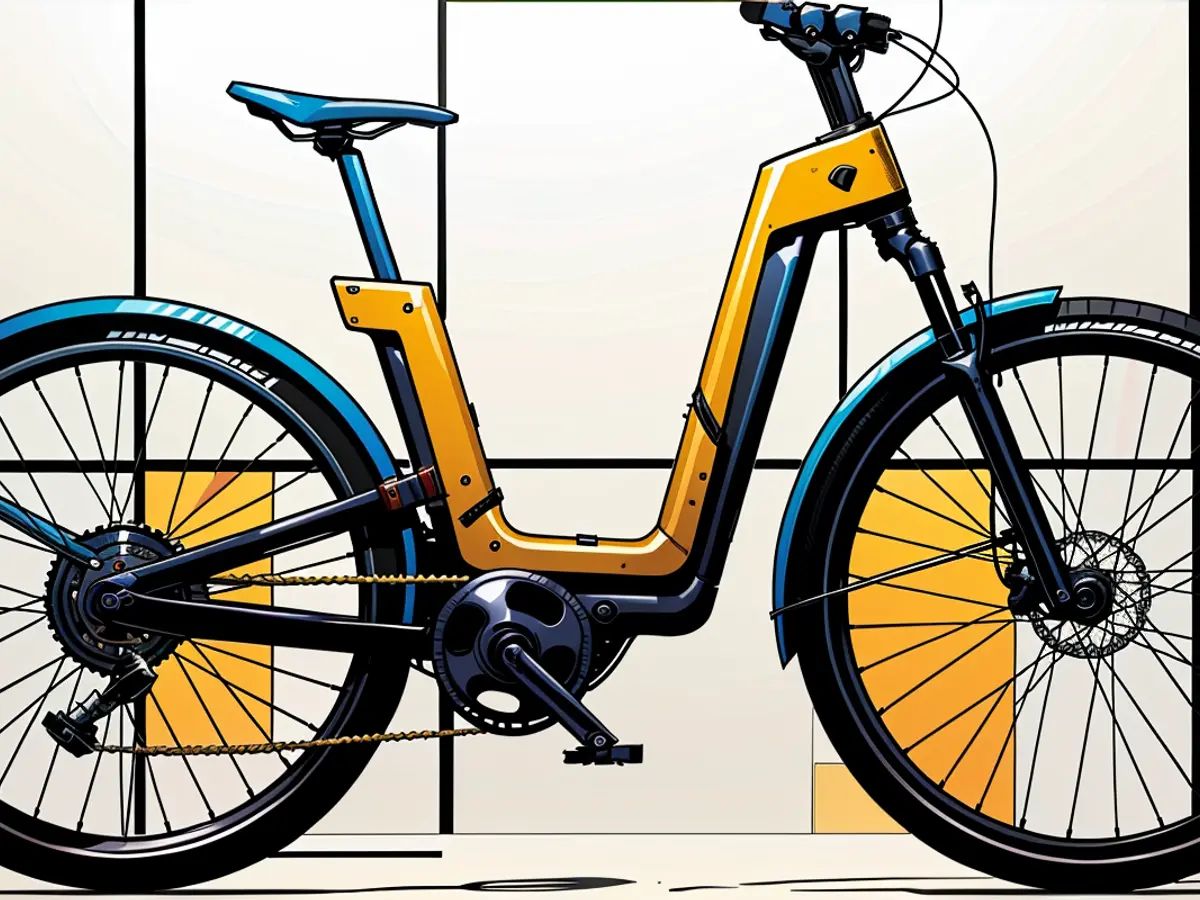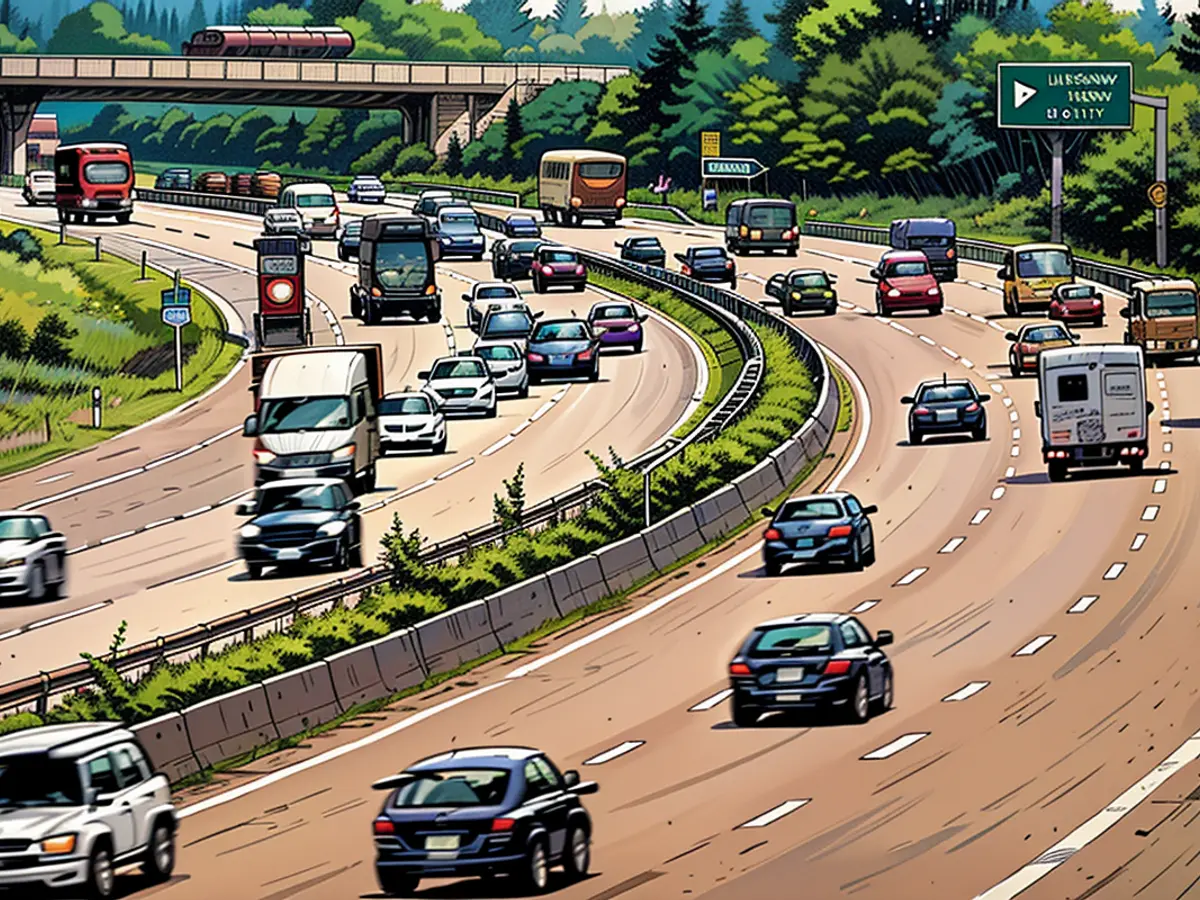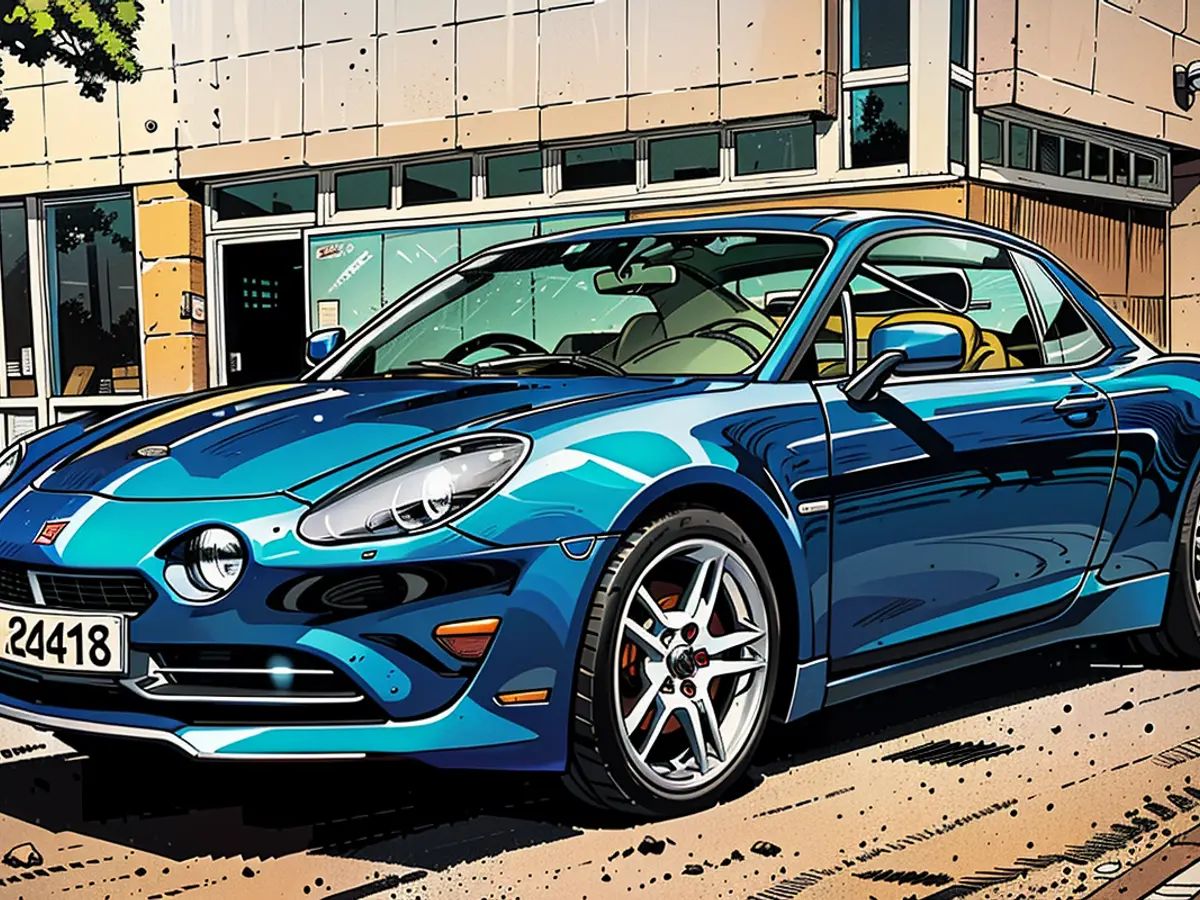Experiencing the Common Journey in Lucid Air Pure: A Road Test of the Standard Model
The Lucid Air, while not cheaply priced, boasts efficiency and top-notch construction. With the new Pure model, it could potentially sway customers from the traditional business class. ntv.de has managed to test drive this cost-effective rear-wheel driver.
Electric vehicles often struggle with quickly draining batteries, leading to wasted time at charging stations, a factor that discourages many from adopting new technology. So, conserving electricity during operation is crucial. Lucid has taken this into account and introduced a particularly economical version of their large sedan, the Air.
One wouldn't expect asceticism on the road with 442 PS. However, all-wheel drive isn't necessary, as only the rear axle is supplied with a maximum torque of up to 550 Newton-meters. Weight reduction is also essential, as the business class sedan weighs only 2070 kilograms.

The setup seems promising, and I'm ready to give it a spin. Unfortunately, this version lacks the super-plush seats in a two-tone finish found in the previously tested Grand Touring. However, it still offers quite comfortable seating. Additionally, the faux-leather fabric above the simple, yet fine wood decorative strip no longer appears particularly elegant.
The Lucid is a head-turner
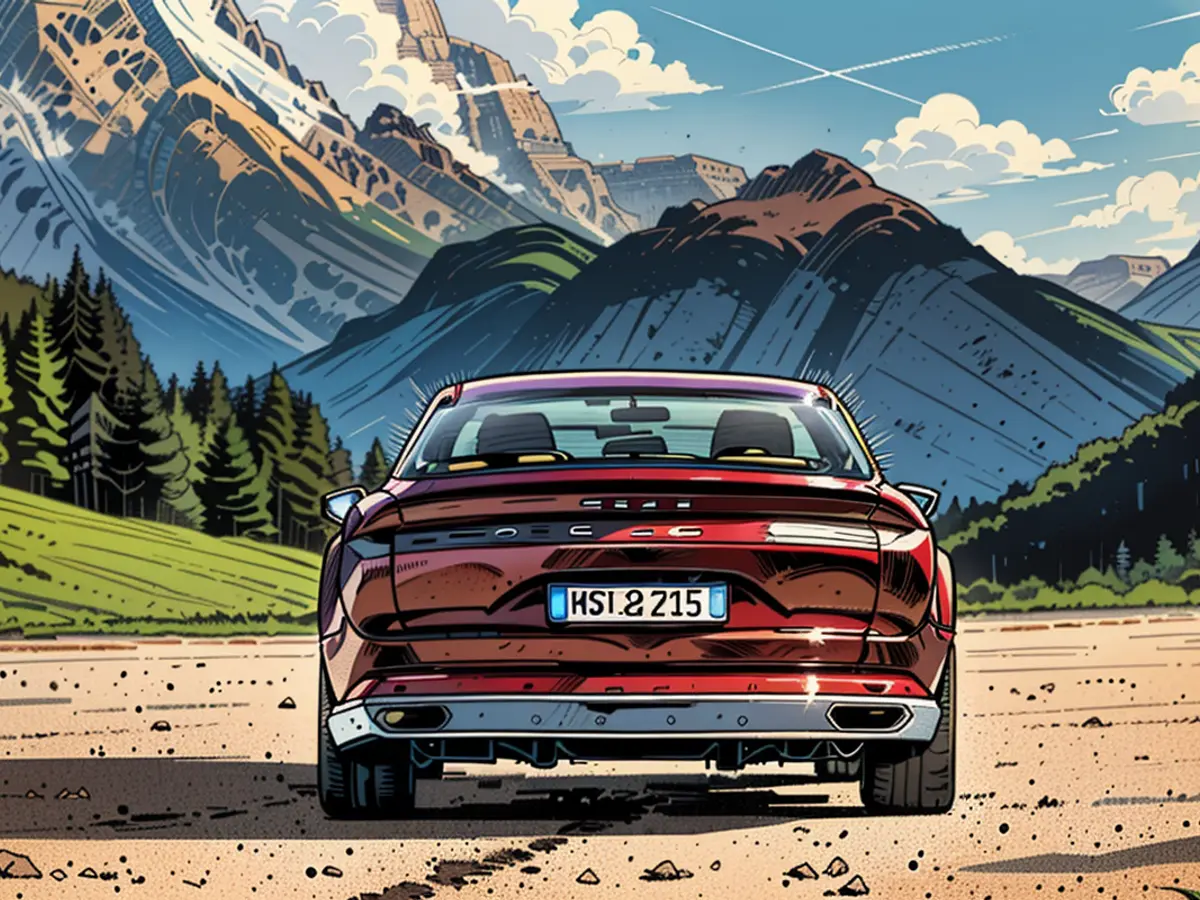
I decide to conduct a little experiment, assuming it might work on this short trip. I navigate through the menu, searching for the "Trip" data, and ignore the virtual odometer. Then it's off with the 4.98-meter long limousine, which seems to have a magnet-like appeal for onlookers. Wherever the vehicle with the sleek roof appears, people can't help but crane their necks to get a better look.
I focus on my driving profile. After all, I want to find out how much electricity I'm wasting. First, I cruise along the highway to the German-Austrian border crossing. I usually drive moderately to avoid costly fines. Of course, I can't resist a few power boosts provided by the rear-mounted power pack (4.7 seconds to 100 km/h). After the border, such antics are no longer an option, as there are speed limits. Mostly, only 130 km/h is allowed, which I easily maintain.

Frugality is hard to beat
The monitor on the large display in the center console shows the US measurement. It indicates that I consumed 11 kWh to travel 86 kilometers. But then the speed limit ends, and I push the Air to its limits, maintaining speeds well above the speed limit and briefly reaching 200 km/h (top speed). At the end, it was 19 kWh for 123 kilometers, with about 30 kilometers of aggressive driving. That's quite impressive. No wonder the base Air can travel over 700 kilometers with a single battery charge.
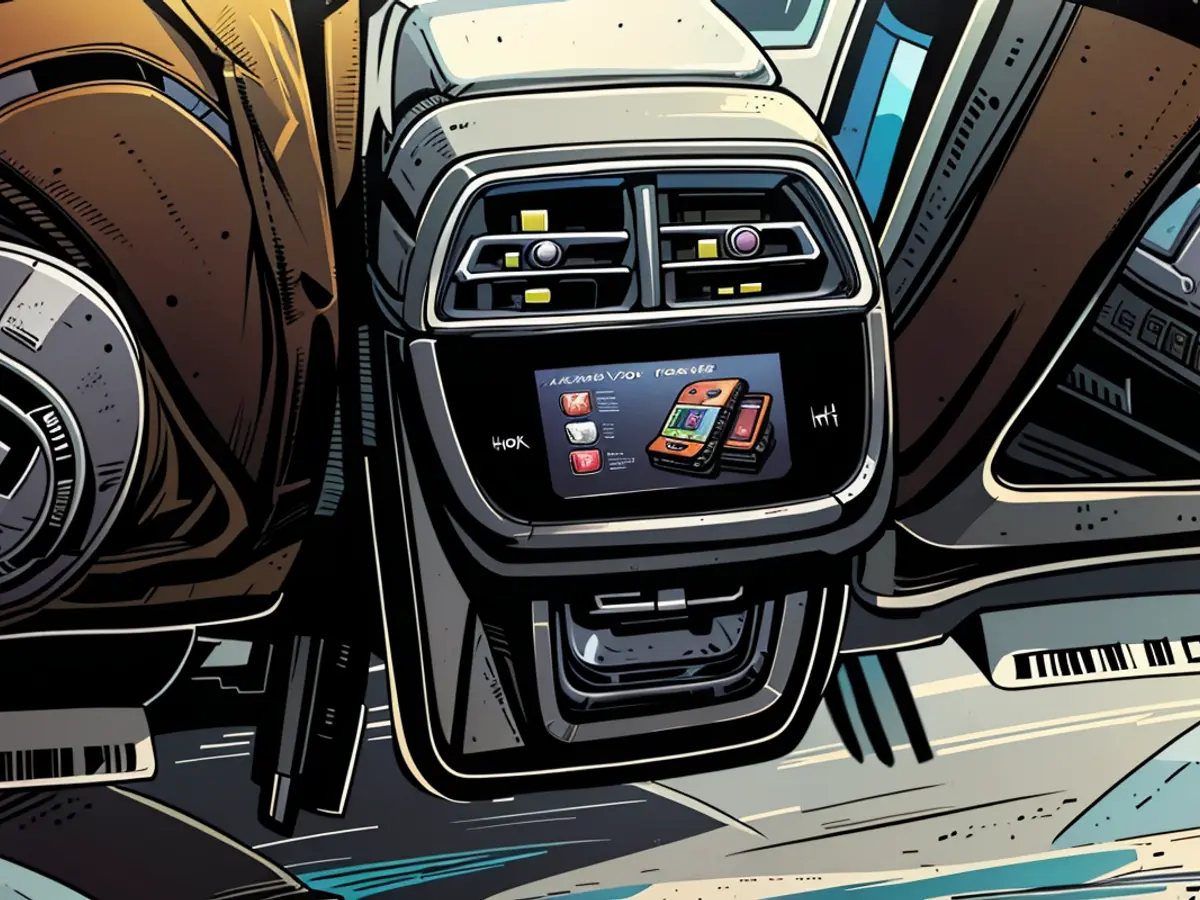
However, the customer pays a certain price for this optimal efficiency. Therefore, technicians have given up air suspension, citing energy consumption as the reason. After all, pumps would need to be powered (hydropneumatics). And what would power these? Naturally, with electricity. At this point, perhaps it's time to debunk a preconception: only an air-suspended suspension guarantees a high ride comfort. That's not always true; an appropriately tuned steel suspension also delivers good results, even if there is a discrepancy in ride behavior between loaded and unloaded states. Since the Lucid likely won't be used as a heavy-duty transporter frequently, that's acceptable. And its dampers work effectively, skillfully absorbing even short bumps.
Seating space in the trunk falls short
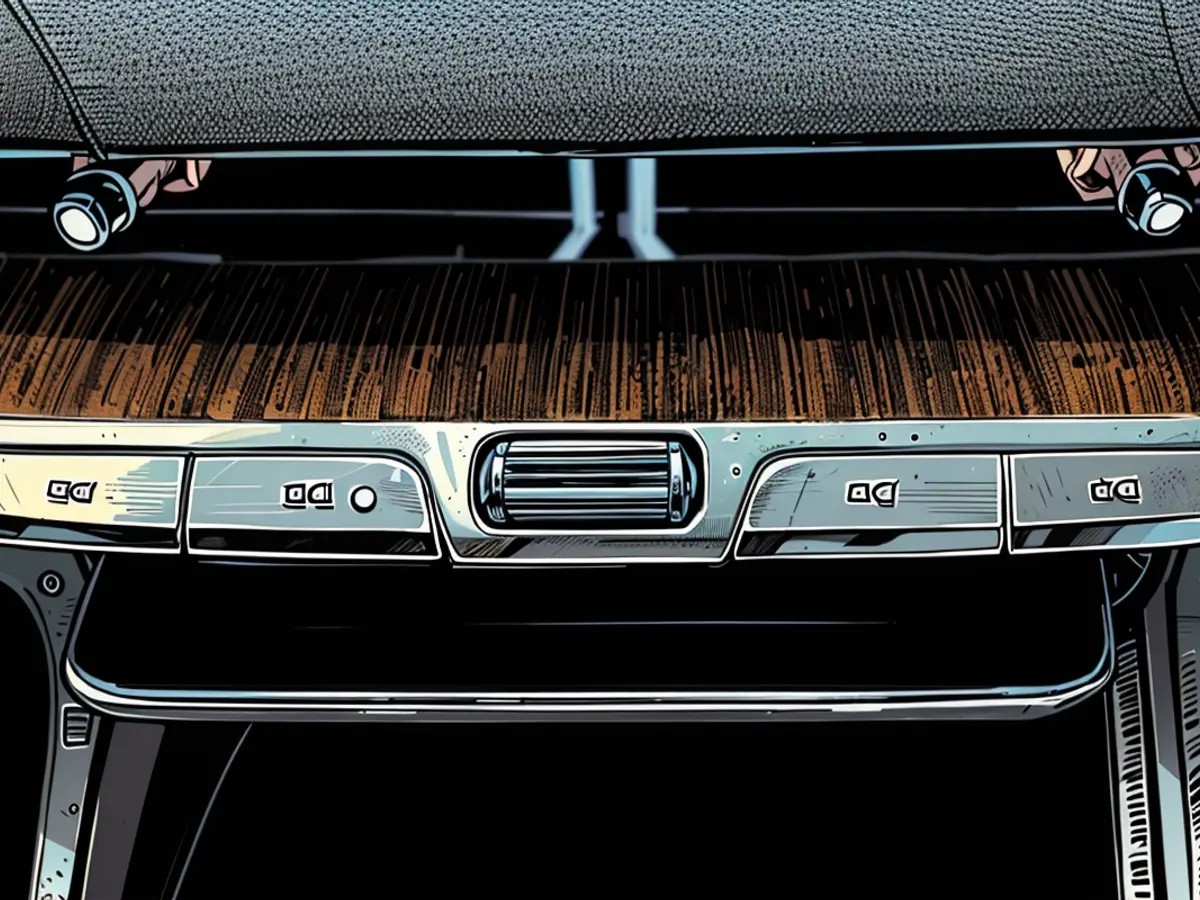
Before I put the car back on the road, I decide to test the second row. I must first find adequate legroom. There's not much of that elsewhere, except in the upper class with significantly larger exterior dimensions. Good, the sleek motor design becomes noticeable here next to the expansive wheelbase of 2.96 meters. The engineers explain that the Lucid powertrain delivers a full nine PS per kilogram of curb weight, while many competitors are in the range of around three PS per kilogram.
However, the Air also has weaknesses. Yes, the quality level is at a high level, the finish and materials are top-notch. The interior is just as beautiful to look at, the finely sculpted large display is architecturally well-staged. But touchscreen mirror adjustment? That's not necessary. The wiper control is cumbersome. Please improve this. Moreover, the interior temperature can be adjusted manually by a physical button - it can be done! And how practical the 88 kWh large battery pack is in practice, still needs to be tested. After all, the system of the base version works with a battery voltage of 650 volts and the manufacturer calls for 20 minutes for a charge that should last for 400 kilometers of driving at a maximum charging power of 210 kW.
Finally, to the price question. With a starting price of 85,000 Euro, even the base Lucid is not bargain-priced. However, the manufacturer offers a respectable leasing deal. With a special payment of around 15,000 Euro and a term of 36 months, 799 Euro will be charged monthly. That's not cheap, but for a critical mass of freelancers and the self-employed, it's worth considering. The customer potential is certainly present, but Lucid's brand recognition still needs work.
